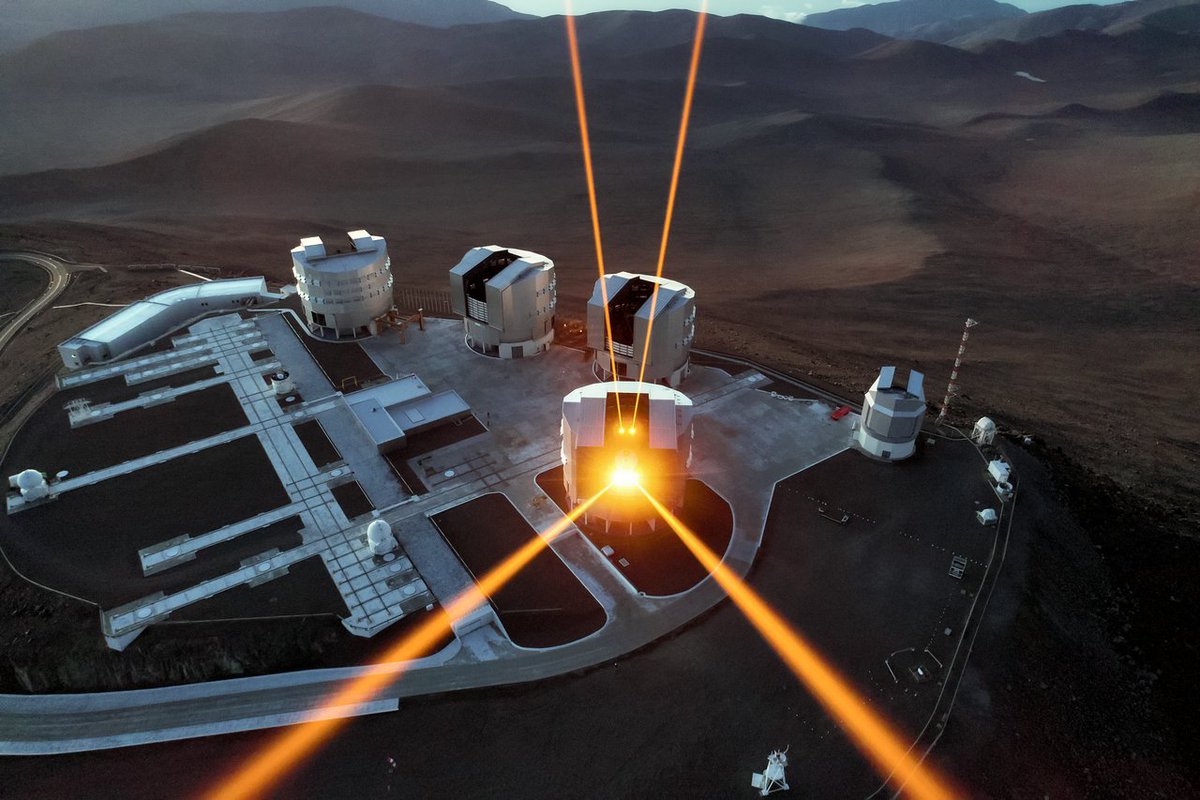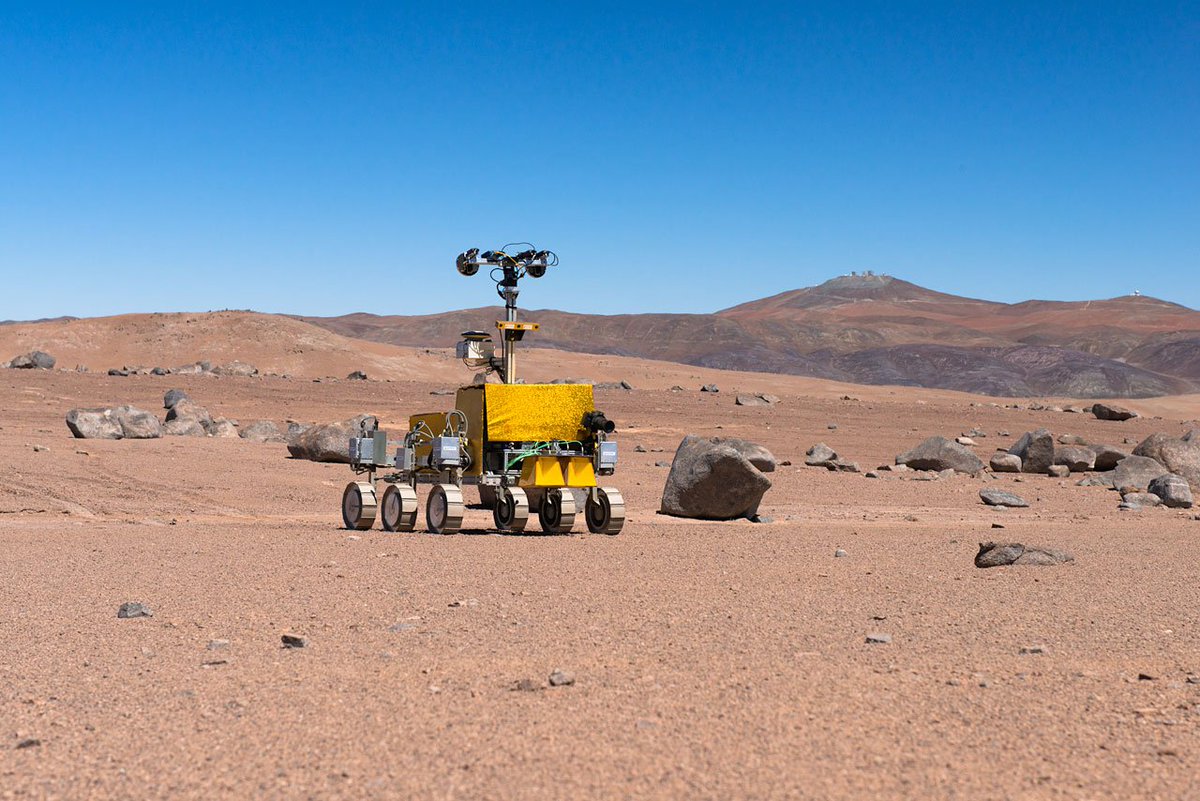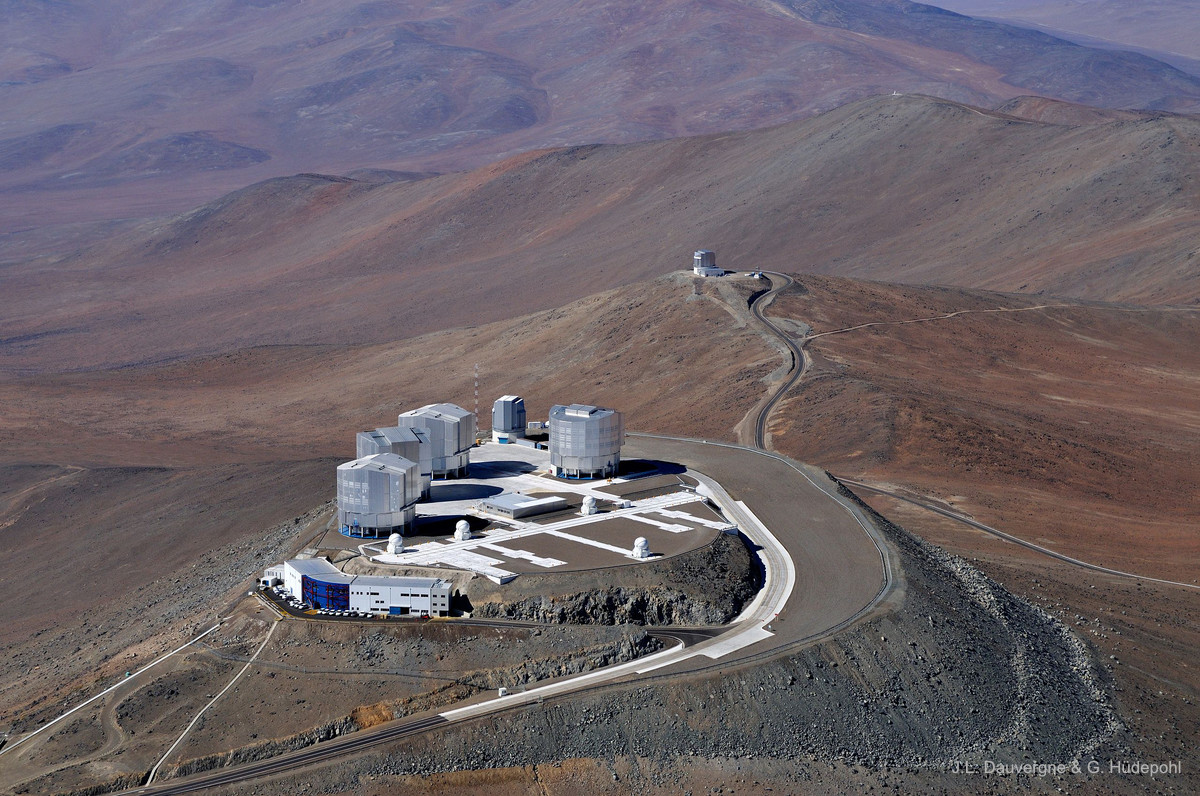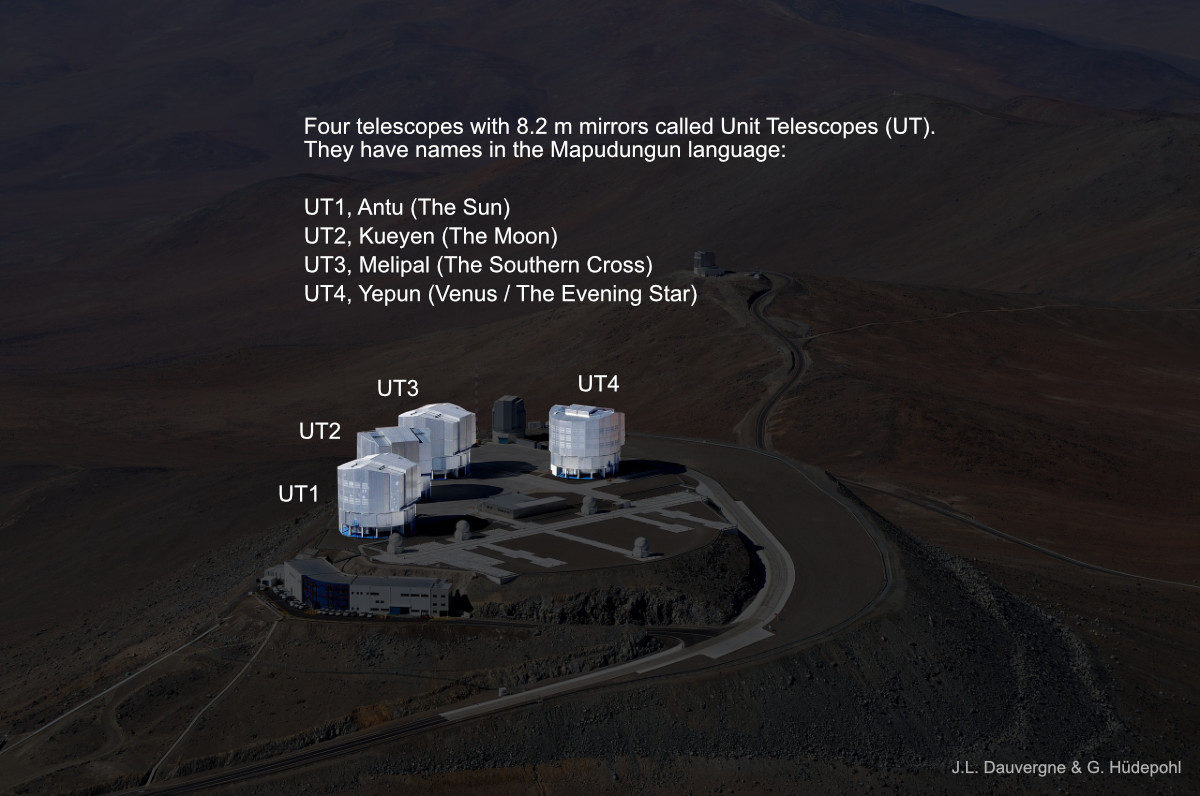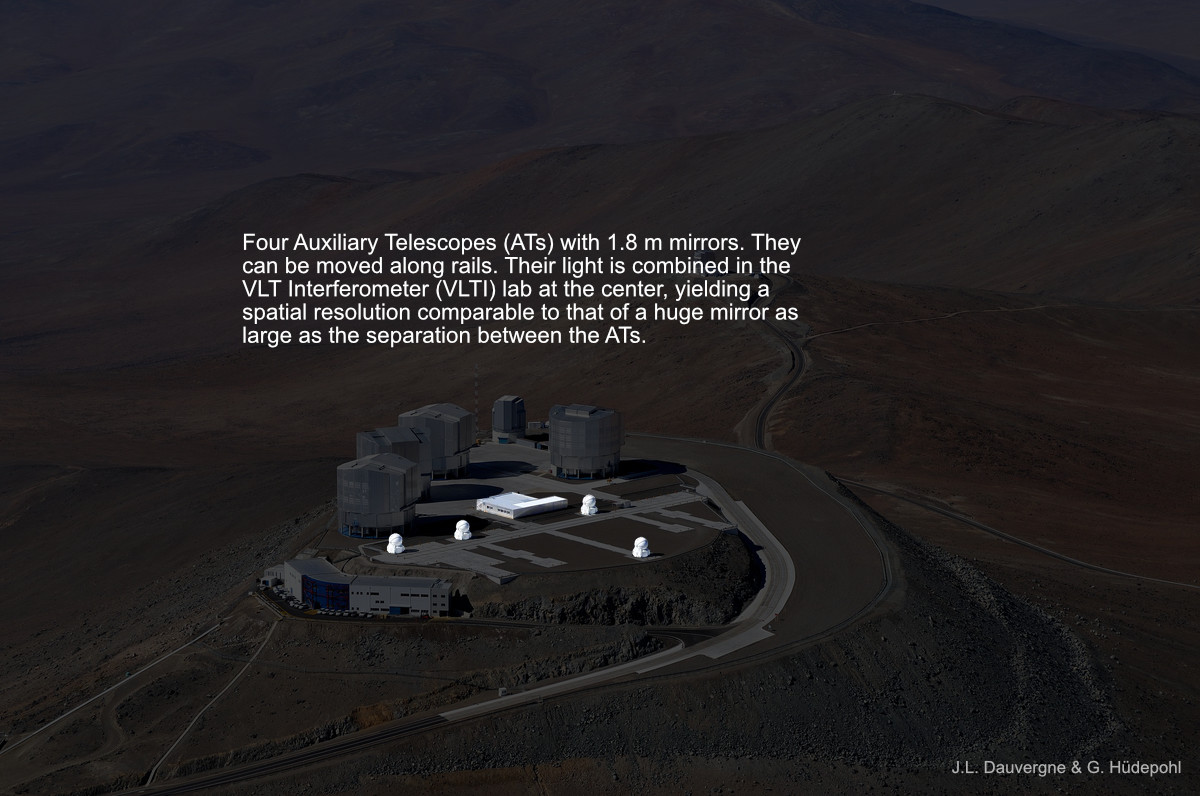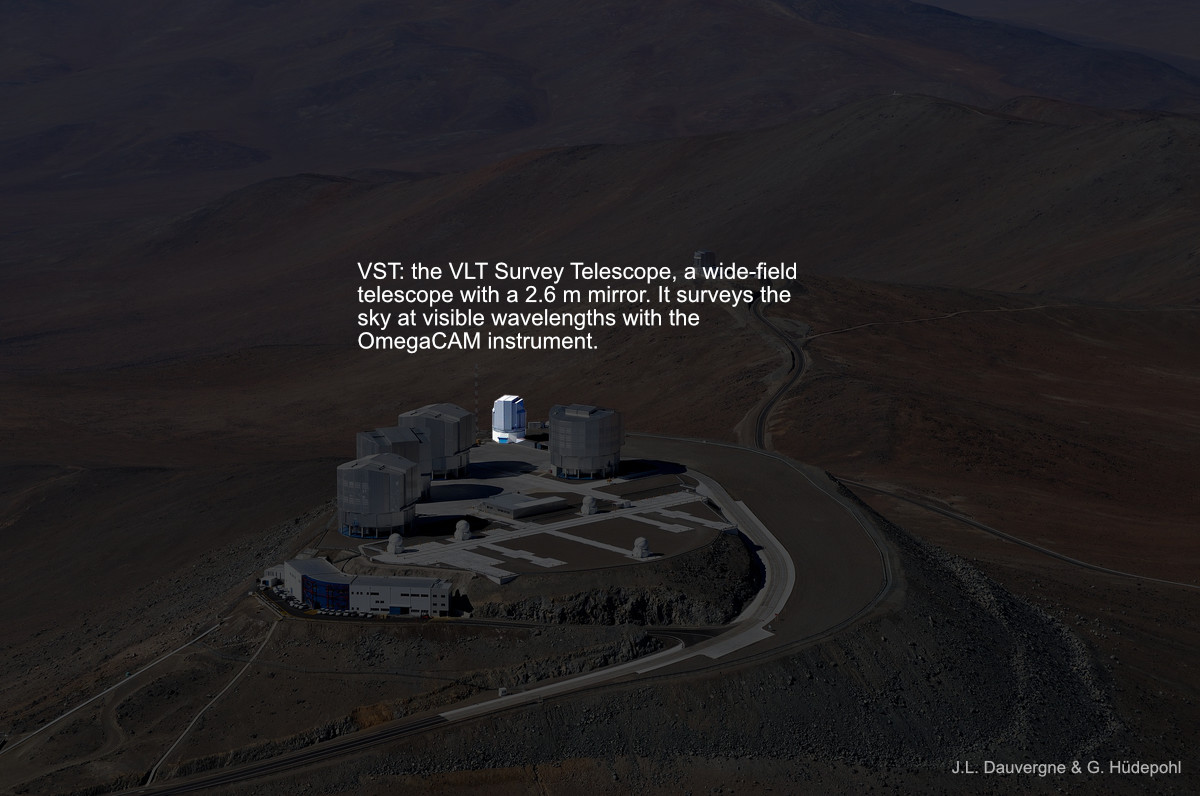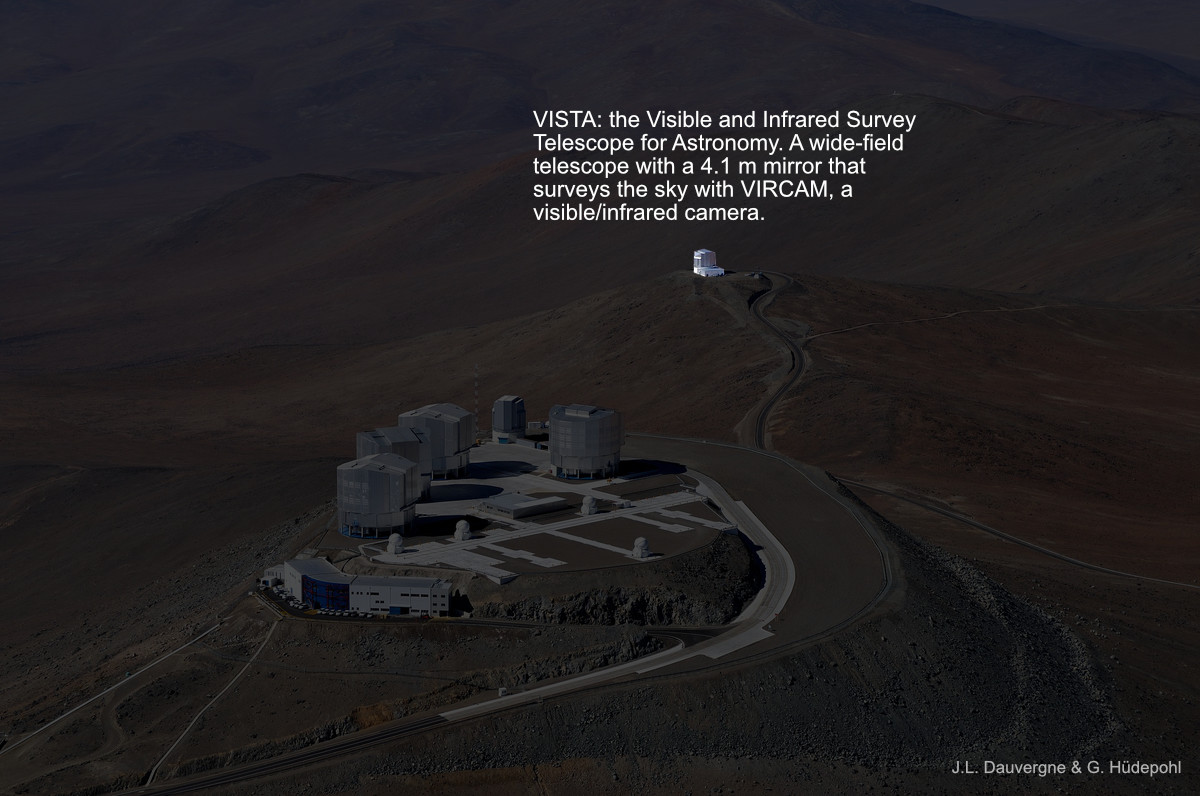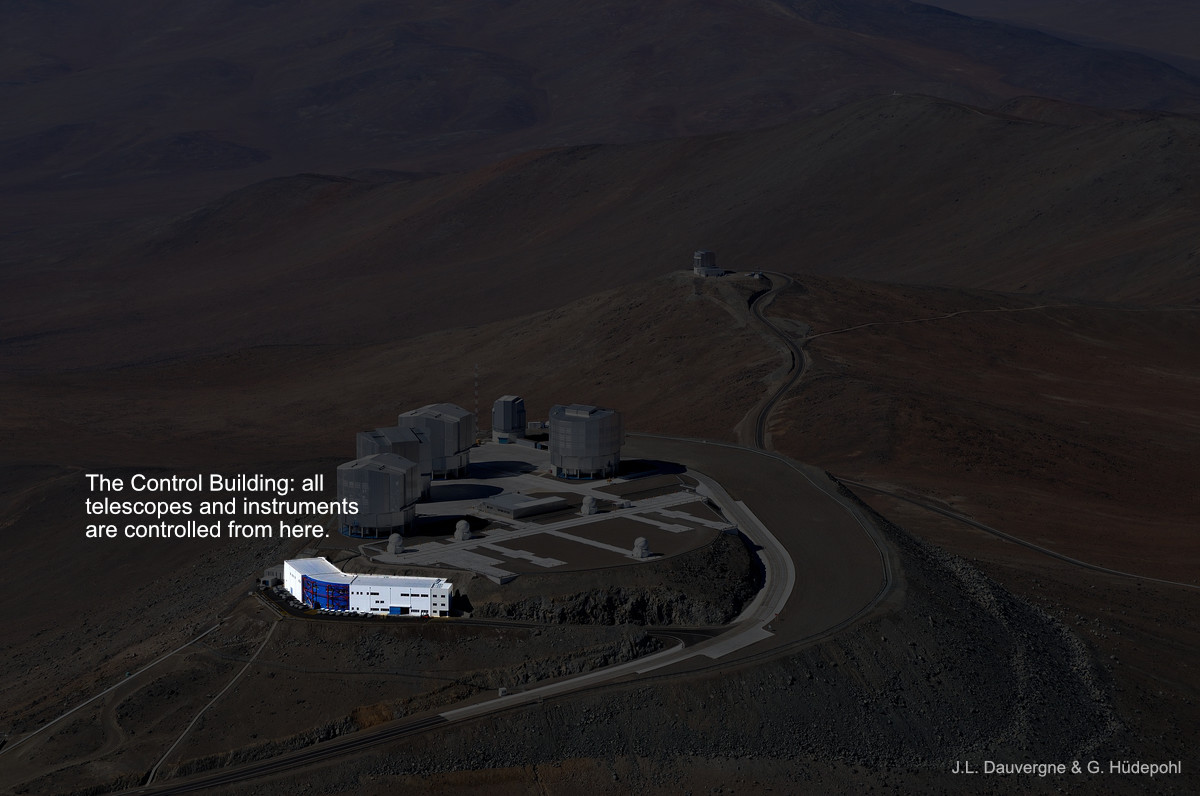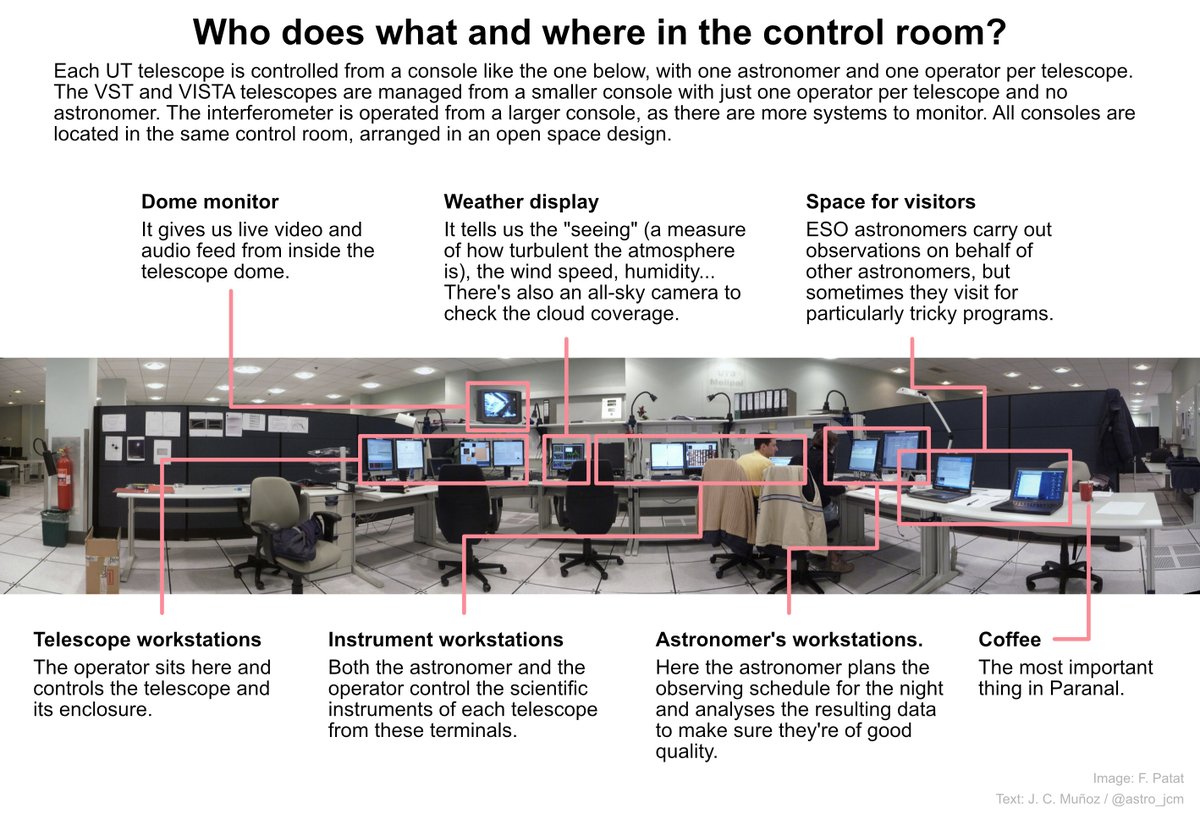1/ Hi! @astro_jcm here again. As promised, today I’d like to take you on a virtual tour of Paranal Observatory, where I worked for almost 7 years. Wanna join me?
( ESO/Gerd Hüdepohl)
ESO/Gerd Hüdepohl)
(
 ESO/Gerd Hüdepohl)
ESO/Gerd Hüdepohl)
2/ Paranal is operated by the European Southern Observatory, an organization of 16 countries, in close collaboration with the host state of Chile. ESO also manages La Silla, ALMA (with the US, Canada, Japan, South Korea & Taiwan) and APEX (with institutes in Germany & Sweden).
3/ Paranal is located in the North of Chile, in the Atacama desert, one of the driest places on Earth. The telescopes themselves are 2,600 m above sea level, and the basecamp is 200 m lower.
4/ The first thought that comes to your mind when you arrive at Paranal for the first time is that the landscape looks uncannily Martian. In fact, our colleagues at the European Space Agency sometimes come to test their Mars rovers.
( ESO/Gerd Hüdepohl)
ESO/Gerd Hüdepohl)
(
 ESO/Gerd Hüdepohl)
ESO/Gerd Hüdepohl)
5/ This is the summit of Cerro Paranal, where the telescopes are located.
( J.L. Dauvergne & G. Hüdepohl)
J.L. Dauvergne & G. Hüdepohl)
(
 J.L. Dauvergne & G. Hüdepohl)
J.L. Dauvergne & G. Hüdepohl)
6/ Paranal is well-known for its four Unit Telescopes, each one with a mirror 8.2 m wide. As I’ll explain later, each telescope has three scientific instruments that analyze starlight in different ways, and we can switch between them on the fly during the night.
7/ Then we have the Auxiliary Telescopes. Their light is channeled through tunnels to the lab in the center. Using interferometry we can combine those beams in such a way that we can achieve the spatial resolution of a massive mirror as large as the separation between the ATs.
8/ Most of the time we do interferometry with the ATs, but a few days per month we do the same with the much larger UTs, which collect way more light and can therefore observe fainter targets. We can’t move them though!
9/ The small telescope at the end of the platform is VST, which only has one instrument, OmegaCAM. This telescope has a large field of view and surveys the sky at visible wavelengths.
10/ Then we have VISTA, which sits in its own peak not very far away. Like VST it only has one instrument, VIRCAM, a camera that works in the infrared and the red part of the visible spectrum. It also has a wide field of view, perfect to do large surveys.
11/ You may think that astronomers spend the whole night inside the telescopes, but that’s not the case here! All telescopes and instruments are operated remotely from the control room, located in this building, which also contains offices and a small kitchen.
12/ Each telescope is operated from its own dedicated console, like the one below. All consoles are in the same control room, arranged in an open space layout, thanks to which there’s a really nice working atmosphere. This is key especially in long nights!
13/ Speaking of long nights, the whiteboard in the control room is full of graphical evidence of what happens to our brains as hours go by. Exhibit A (not mine!):
14/ In upcoming threads I’ll show you how the telescopes look like from the inside and why we need so many of them. I’ll also tell you how it’s like to live up there, and I’ll try to give you a taste of what it feels like to see the night sky. If you have questions let me know!

 Read on Twitter
Read on Twitter